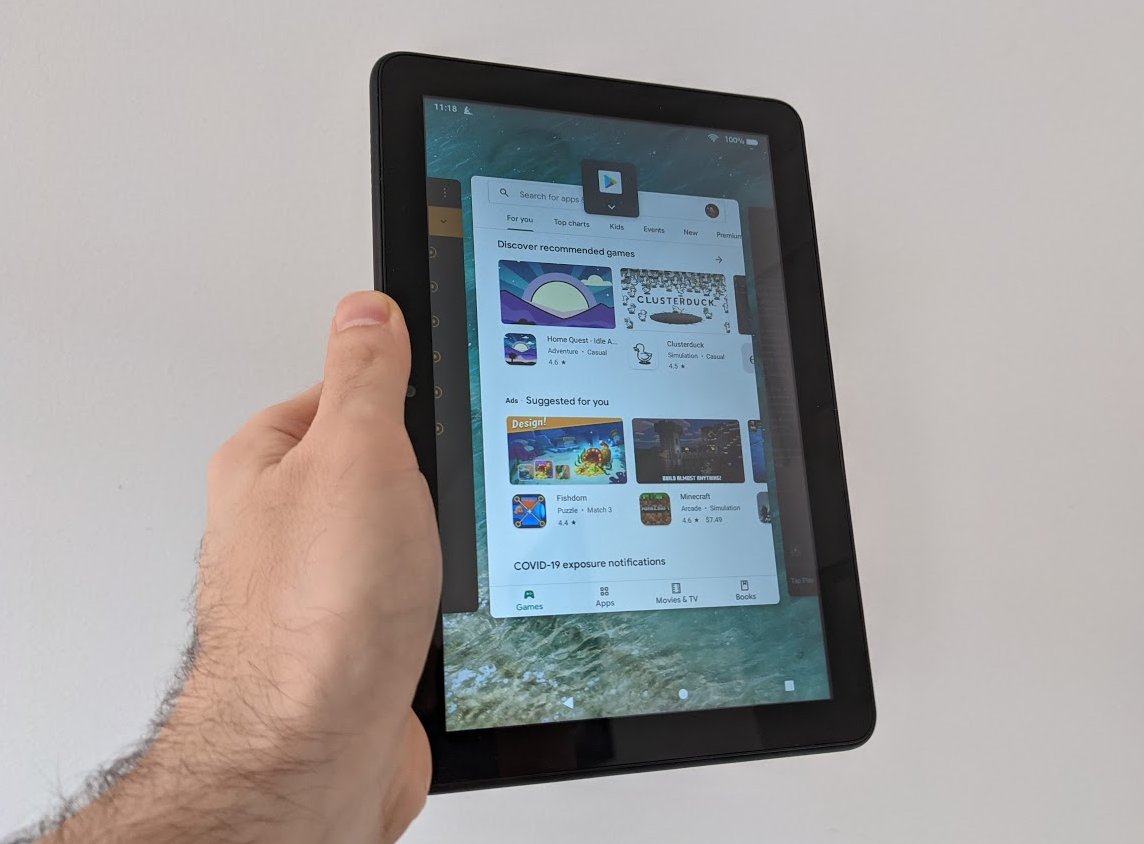Liliputing
Huawei’s latest smart glasses have speakers built into the temples, allowing you to listen to music, hear audio notifications, or make phone calls when the eyewear is synced to your smartphone via Bluetooth.
They’re also Huawei’s first smart glasses to run the company’s HarmonyOS software, which the company develops not only as an alternative to Android, but also as a platform for IoT devices ranging from smart TVs to wearables. But possibly the most interesting thing about Huawei’s new glasses? The frames are interchangeable.
The electronics are built into the temples themselves, allowing you to pop off the frames if you want to change lenses or frame styles. Want to wear a set of clear or blue light-blocking glasses while you’re at work and sunglasses on the way home? Rather than buying two sets of smart glasses, you can buy two frames and swap one out for the other when you leave the office.
Huawei plans to offer a range of different styles including classic rectangle, vintage round, and aviator-style frames made from different materials, with prices starting at 1,699 CNY ($267) for normal glasses or 1,899 CNY ($298) for sunglasses.
The glasses have open speakers built into the temples, which means that folks standing nearby might be able to hear music or other audio if they’re standing close by, but the company says the glasses can lower the sound level automatically when you want messages to be for your years only.
There’s a touch sensor in the temples, allowing you to control some apps and functions by pinching or tapping. And there’s a mic with directional audio support that you can use for phone calls or voice controls.
Huawei also built a posture sensor into the eyewear, with the option to give you a verbal notification if you’ve been looking downward for an extended period to avoid neck or back pain.
The company says you should be able to get 4.5 hours of battery life during phone calls, 6 hours while listening to audio, or 16 hours of standby time and the smart glasses work with a magnetic charger when it’s time to recharge the battery.
Huawei’s new glasses are available in China starting today, but there’s no word on if or when you’ll be able to buy them in other countries.
via Huawei (YouTube)
Liliputing’s primary sources of revenue are advertising and affiliate links (if you click the “Shop” button at the top of the page and buy something on Amazon, for example, we’ll get a small commission).
But there are several ways you can support the site directly even if you’re using an ad blocker* and hate online shopping.
Contribute to our Patreon campaign
or…
Contribute via PayPal
2 Comments
Your email address will not be published.
This site uses Akismet to reduce spam. Learn how your comment data is processed.
To clarify the Harmony OS thing, this statement may confuse people:
“They’re also Huawei’s first smart glasses to run the company’s HarmonyOS software, which the company develops not only as an alternative to Android, but also as a platform for IoT devices ranging from smart TVs to wearables.”
Huawei makes two things called Harmony OS. One of them is an Android alternative (it’s Android with the names filed off) and runs on smartphones and TVs. The other is a basic OS stack for microcontrollers. They don’t have anything to do with each other. So for anyone who thought you could run Android apps on these, it’s not that version they’re running. It would be helpful if Huawei gave the two things different names. I suggest “Harmony Android” and “Harmony set of functions we like”, but that’s unlikely to impress the marketing department.
That sounds a lot like the Anker Soundcore Frames, those are a pair of true wireless earbud arms with a removable front. It’s hard to get speakers in glasses sounding good though, I thought they’d be much of a muchness but I’ve owned Bose and Anker’s attempts, Bose definitely sounded better. Larger speaker, larger cavity, some sort of waveguide. Anker’s sound tinny by comparison and leak far more sound to people nearby. Shame Bose’s mechanical design is worse with a ribbon cable connecting the two sides that is oh so easy to snap rendering the device useless.
Tldr give me true wireless style isolated sides with good sound engineering and I’ll be all over it.
Hack your Amazon Fire tablet with Fire Toolbox (Install Google Play, remove Amazon apps, and more)
AMD Mendocino benchmarks (Acer Aspire 3 with Ryzen 3 7320U)
Compare Kindle specs: Amazon Kindle, Kindle Paperwhite, and Kindle Oasis
Daily Deals (11-29-2022)
Radxa Taco board turns a Raspberry Pi CM4 or Radxa CM3 into network-attached storage
Fydetab Duo is an ARM-powered 2-in-1 that runs FydeOS (crowdfunding)
OnePlus is the latest phone maker to promise 4 years of major updates (for some phones)
Enter your email address to subscribe to this blog and receive notifications of new posts by email.